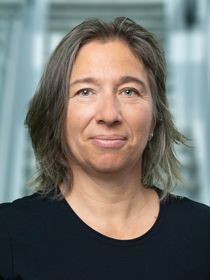Spatial structures of human settlements always refer to the balance of power, the distribution of resources, the preferences of households and the results of political control. However, they are not only the results of social processes, but also the starting points for such processes.
As the proverbial “third” skin (in addition to human skin and clothing), apartments or houses have a massive influence on the health of residents. This influence can range from the consequences of a lack of basic infrastructure to the impacts of energy poverty (difficulty / inability to keep one's own dwelling adequately warm in winter and sufficiently cool in summer) to the effects of the living environment on mental health. The available environment and its associated health impairment or health promotion is always strongly determined by an individual’s social position. Marginalized groups such as refugees or migrants can therefore often be found living in heavily polluted quarters and substandard building stocks.
At national level, SPACE research cluster focuses on issues of residential integration in housing and in an international context, SPACE examines the consequences of rapid urbanization processes in the megacities of the Global South, especially for residents of informal settlements.
Residential diversity
SPACE approaches social space from the perspective of the coexistence of heterogeneous social groups. We proceed from comparative analyzes based on indicators. Building on this, we pay special attention to participation, community work and networking in the social space. We identify areas of conflict and develop strategies for action.
Metropolises of the global south as urban laboratories
Megacities in emerging and developing countries are confronted with an urbanization dynamic unique in human history, which poses enormous challenges for the social and technical infrastructure of these cities.
By understanding these dynamic processes as highly creative urban laboratories, we harness the opportunity to learn on a global scale and work on new urban forms of housing and living.
Queries
Team
Projects
Tags
